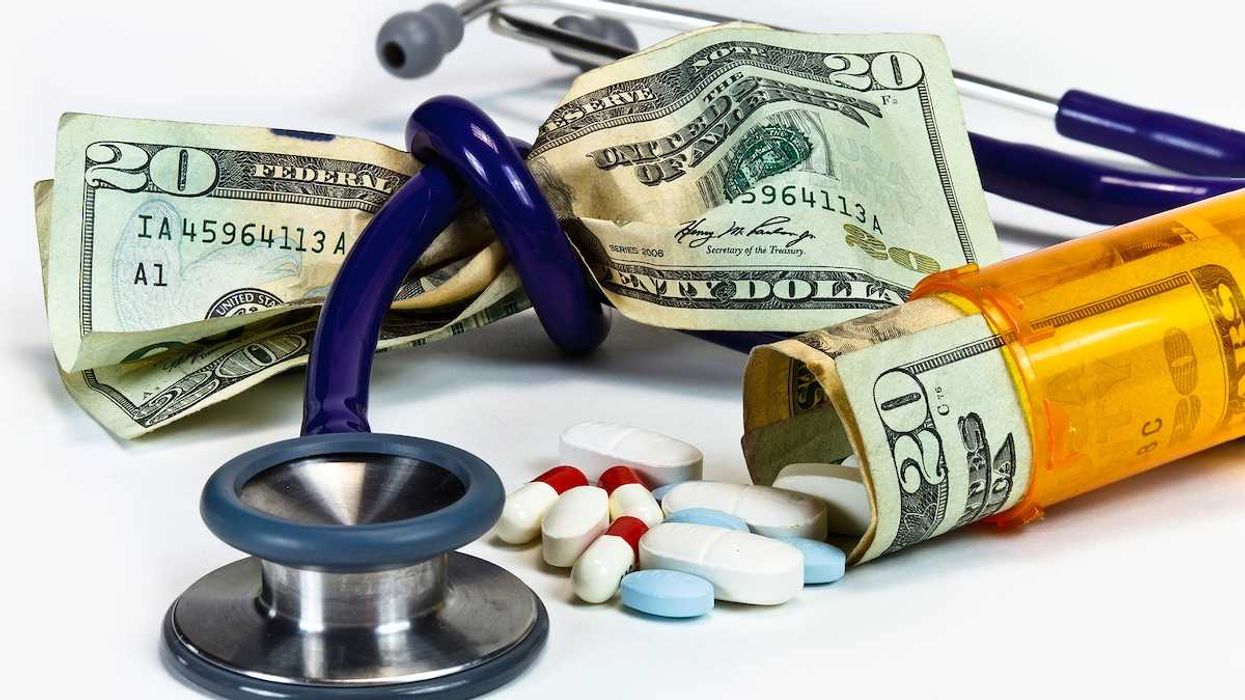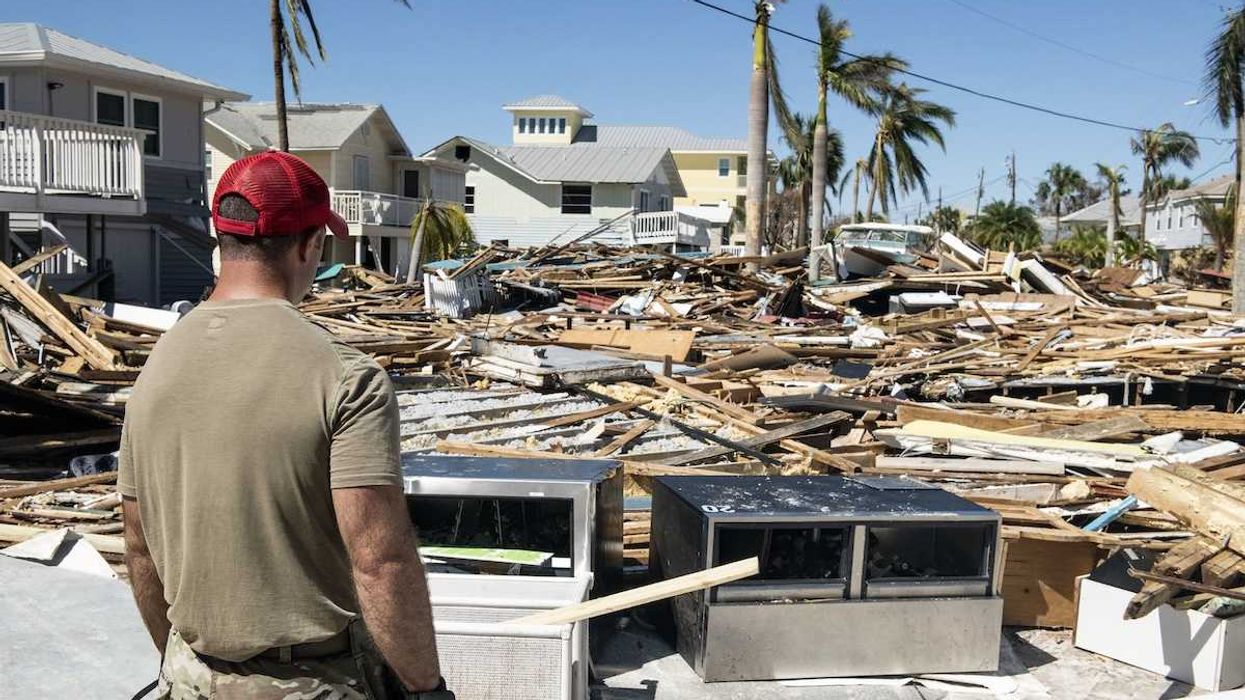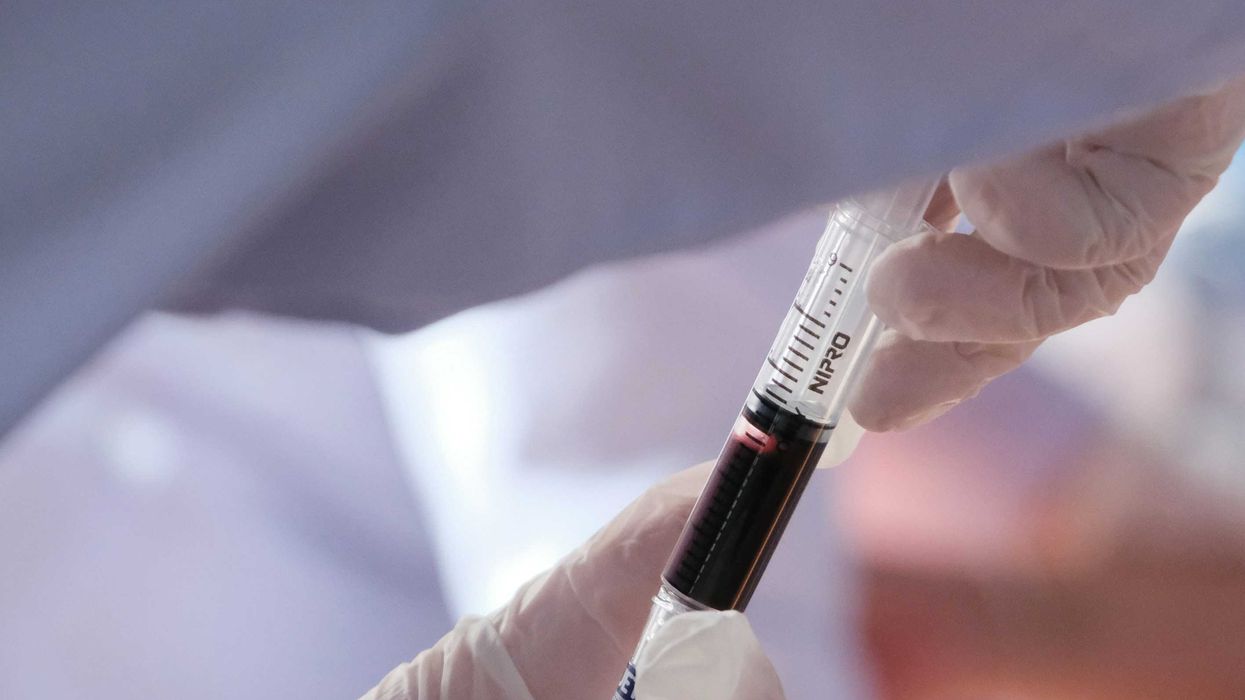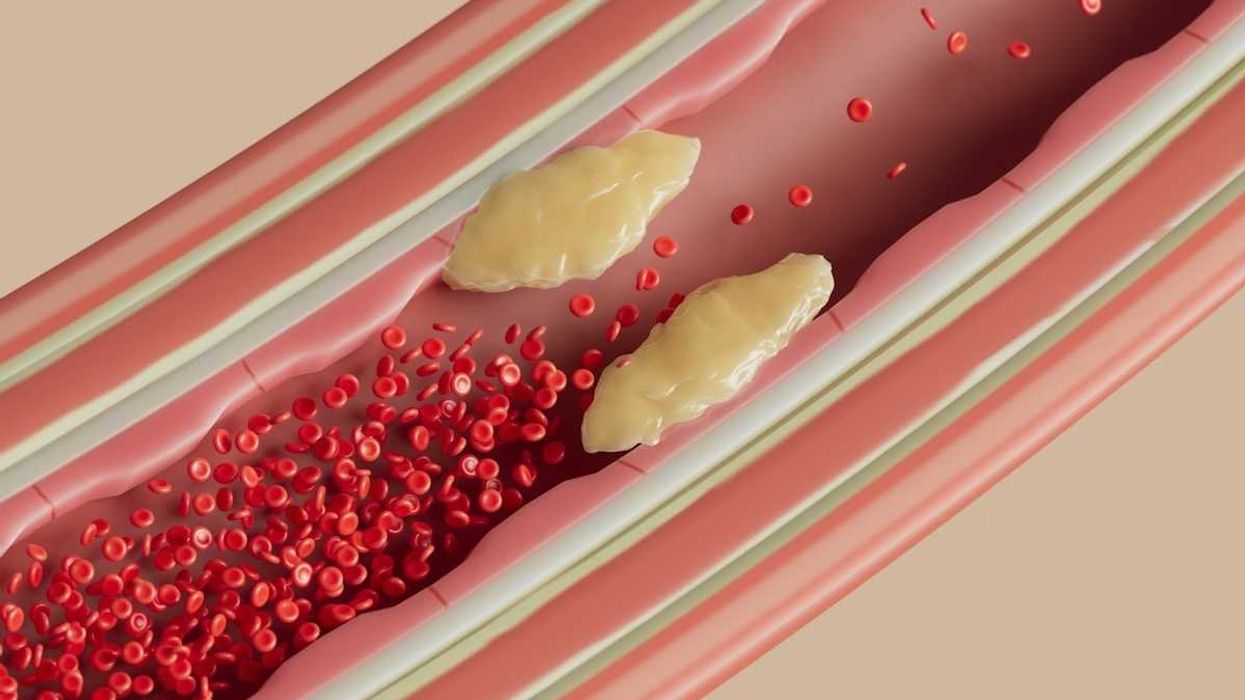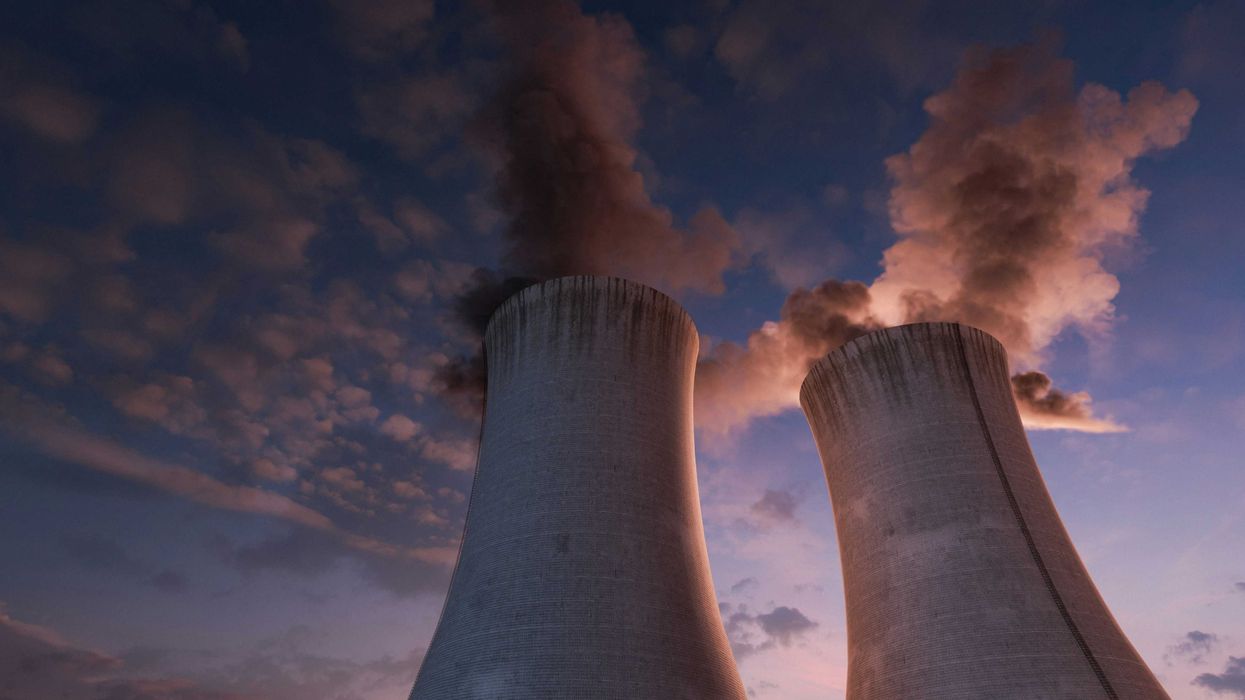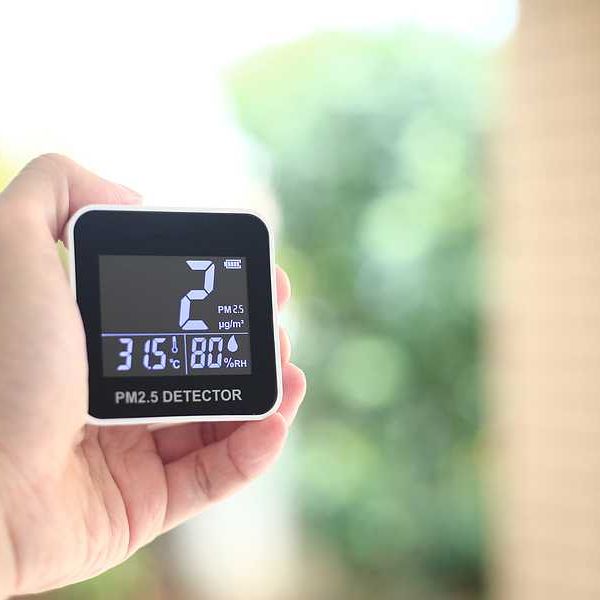The way the Food and Drug Administration assesses safety has long favored industry studies over independent science.
The FDA and the National Toxicology Program set out, initially, to reconcile differences over BPA safety between old-style traditional methods to test BPA safety and what many university-based scientists were finding.
The old methods suggested the chemical—to which virtually everyone is exposed—was safe. The new methods, based on recent advances in modern medicine, suggested exactly the opposite. The results of this reconciliation, CLARITY-BPA, are now coming out. And it doesn't look good for the FDA's continuing claims of safety.
Here's how to think about what is happening:
You're reading an article in National Geographic about the remote galaxies detected by the Hubble Space Telescope, with amazing photographs revealing their beauty. You're skeptical. So you grab your binoculars and go into the backyard to see what's there. Nothing. That's the FDA looking for BPA effects.
Our journalists at EHN.org have covered a lot of this science. BPA's link to increased hyperactivity in kids, for one. Scientists writing in JAMA earlier this year also called out the FDA for its "premature" statements on BPA's safety.
Veteran environmental health reporter Lindsey Konkel takes a deep look at this in an excellent article on Huffington Post
- Touching thermal-paper receipts could extend BPA retention in the ... ›
- Scientists call BPA exposure 'presumed health hazard' for hyperactivity ›
- Is BPA Safe? FDA Touts New Study Showing 'Minimal' Effects, but ... ›
- Is BPA Safe? FDA Touts New Study Showing ‘Minimal’ Effects, but Experts Are Wary - Newsweek ›





